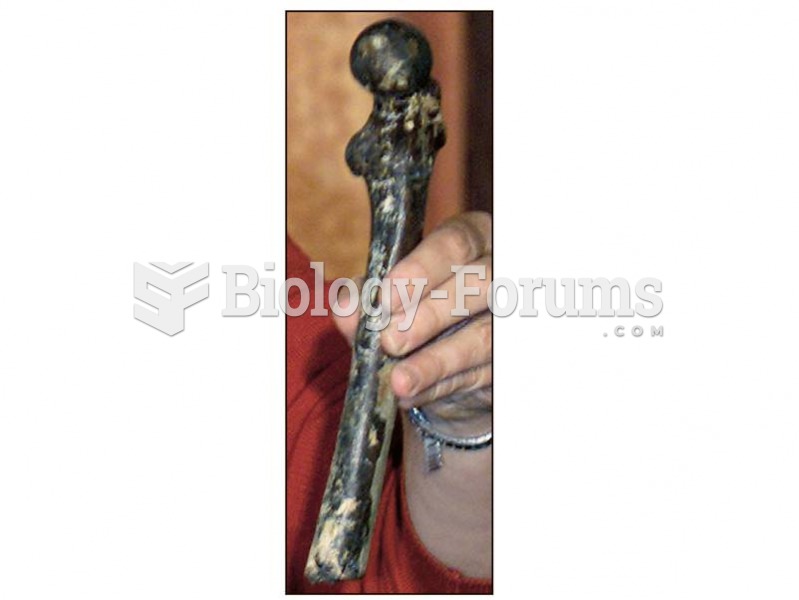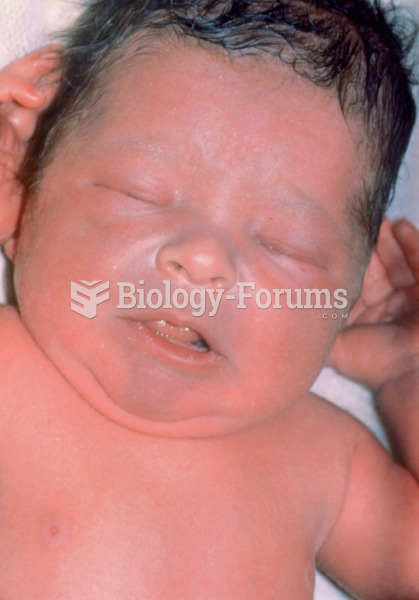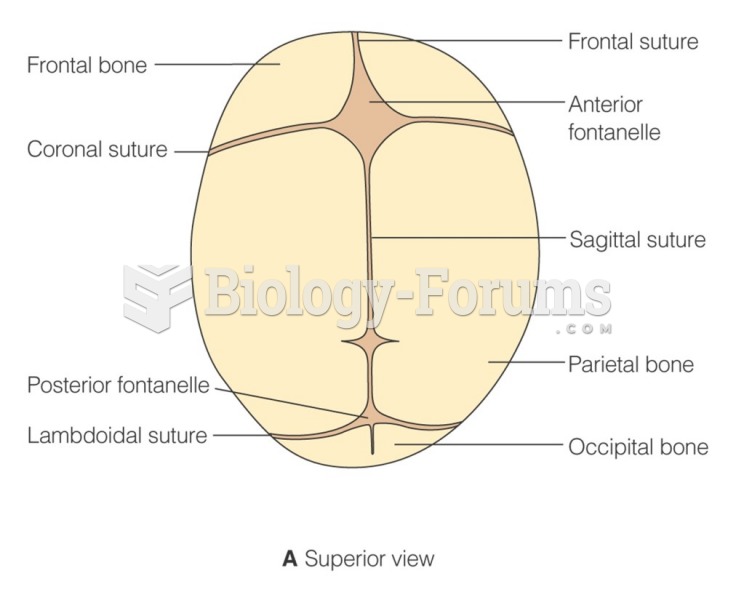This topic contains a solution. Click here to go to the answer
|
|
|
Did you know?
According to animal studies, the typical American diet is damaging to the liver and may result in allergies, low energy, digestive problems, and a lack of ability to detoxify harmful substances.
Did you know?
The average adult has about 21 square feet of skin.
Did you know?
In the United States, there is a birth every 8 seconds, according to the U.S. Census Bureau's Population Clock.
Did you know?
Adult head lice are gray, about ? inch long, and often have a tiny dot on their backs. A female can lay between 50 and 150 eggs within the several weeks that she is alive. They feed on human blood.
Did you know?
Persons who overdose with cardiac glycosides have a better chance of overall survival if they can survive the first 24 hours after the overdose.
 Nephroblastoma. A sectioned kidney reveals the presence of a very large tumor, which arose from feta
Nephroblastoma. A sectioned kidney reveals the presence of a very large tumor, which arose from feta
 Orrorin tugenensis may be among the oldest of the hominins, although its taxonomic position is still
Orrorin tugenensis may be among the oldest of the hominins, although its taxonomic position is still
 Measuring the resistance of an HEI pickup coil using a digital multimeter set to the ohms position. ...
Measuring the resistance of an HEI pickup coil using a digital multimeter set to the ohms position. ...




